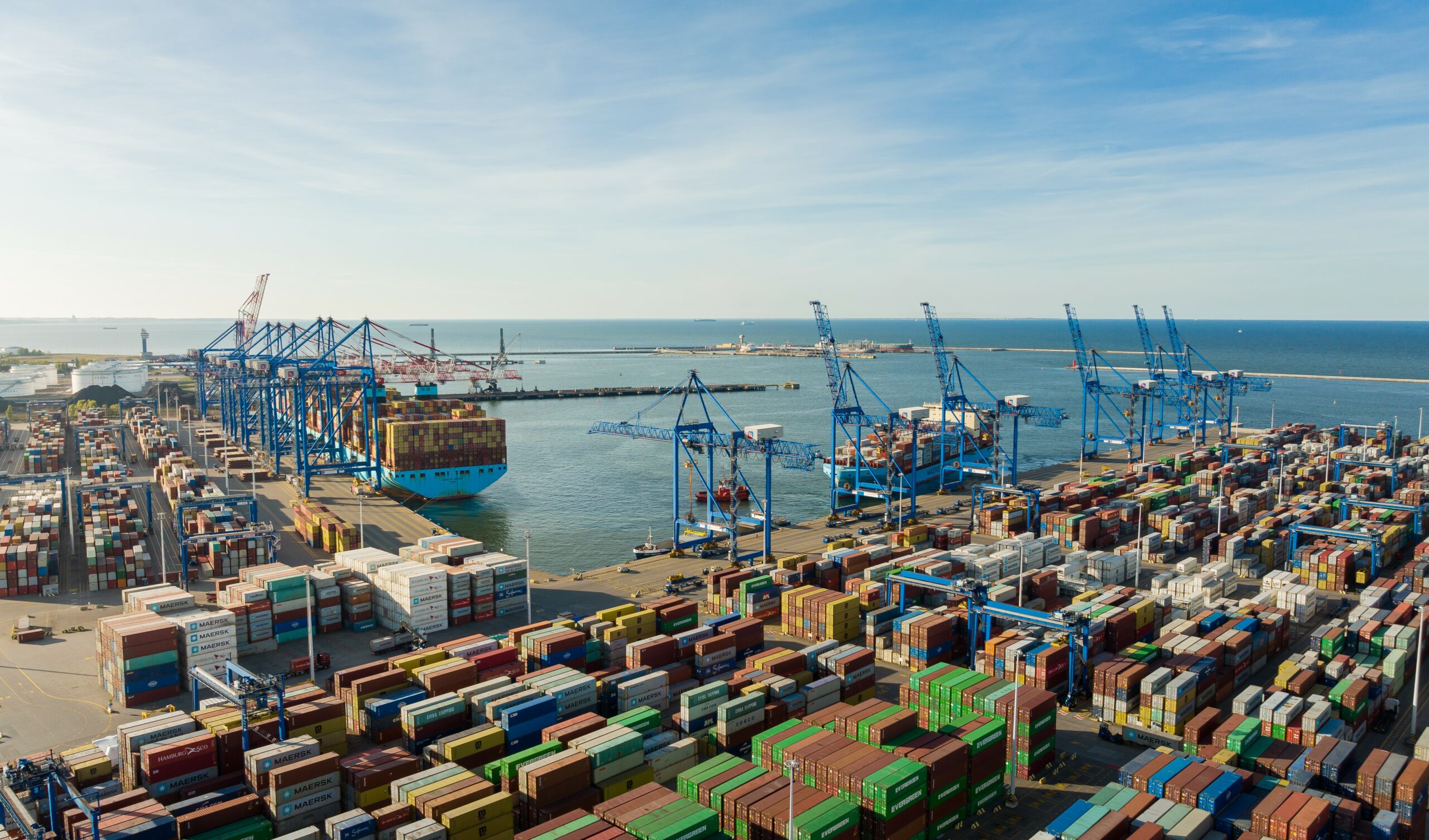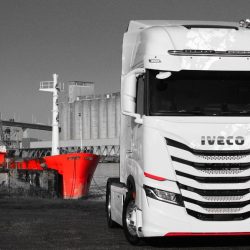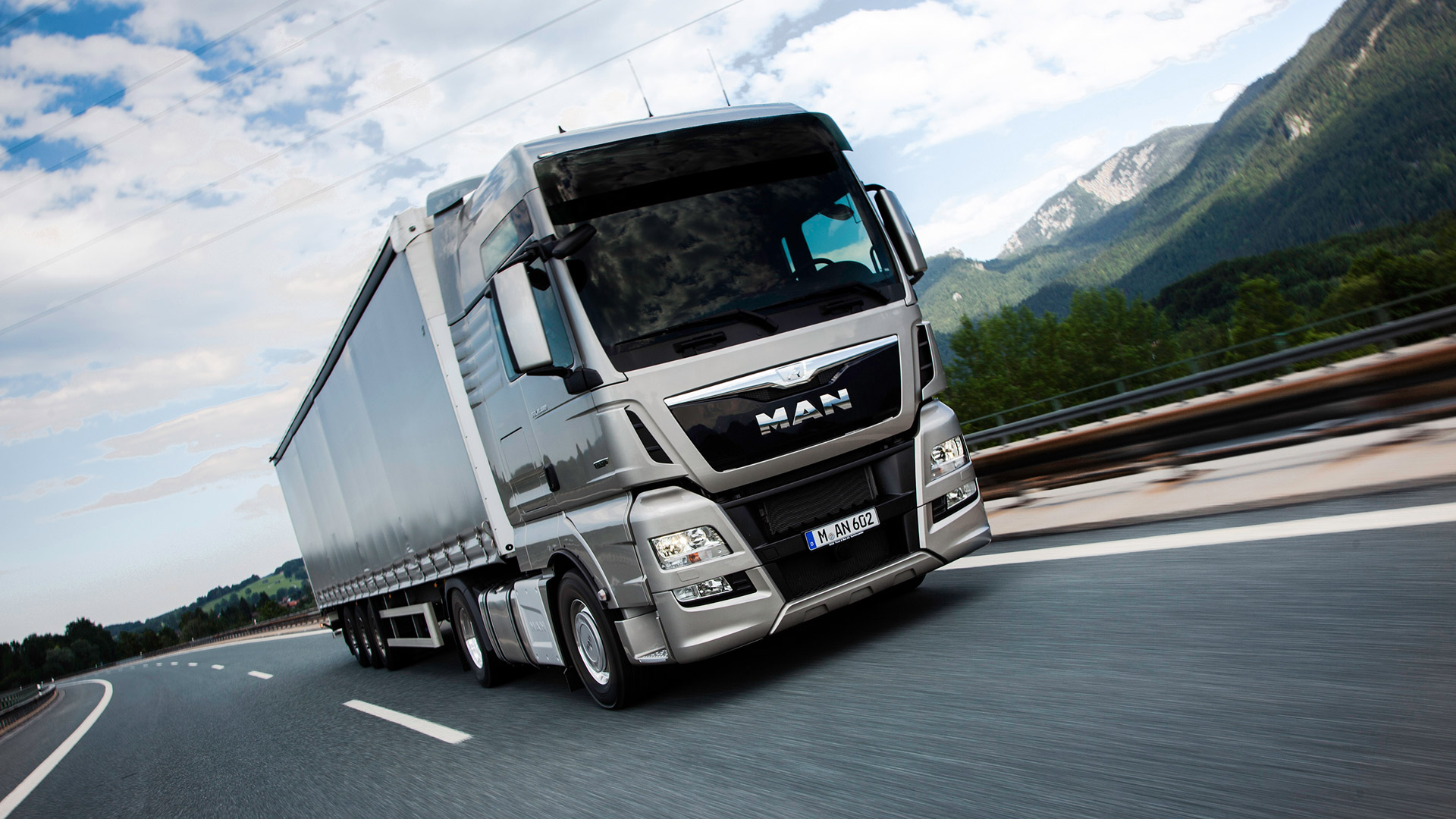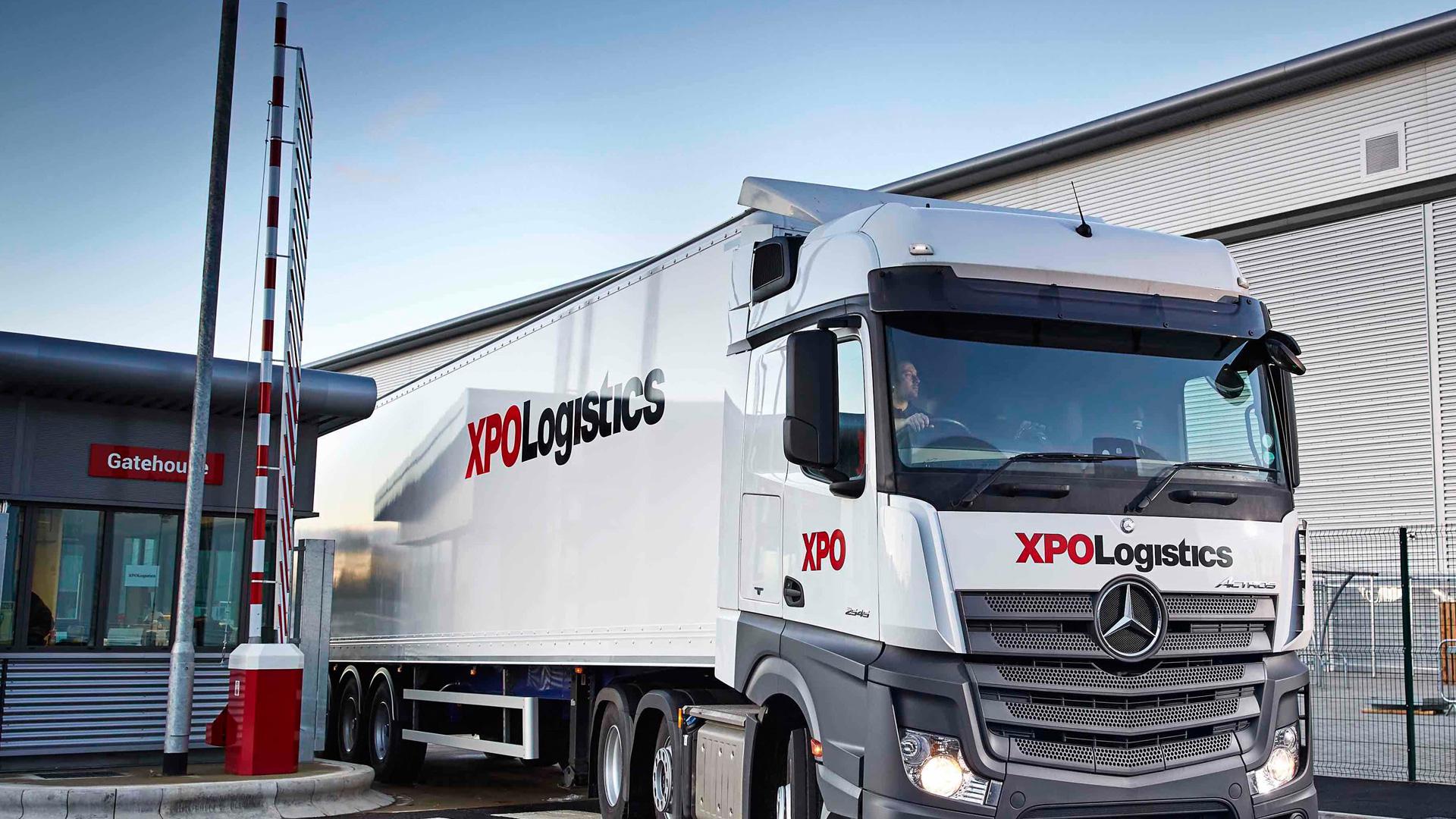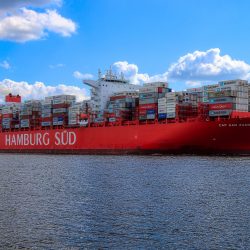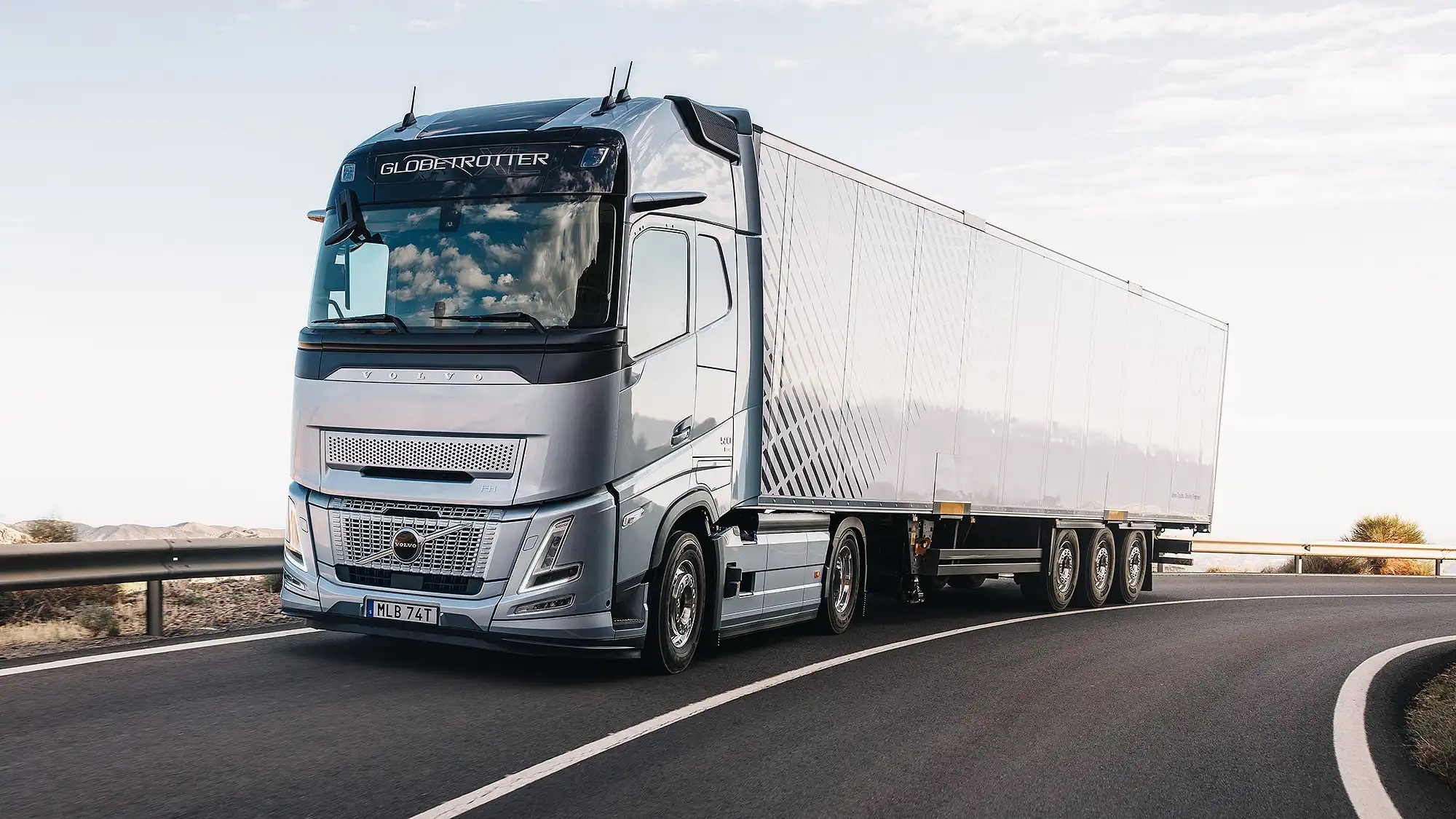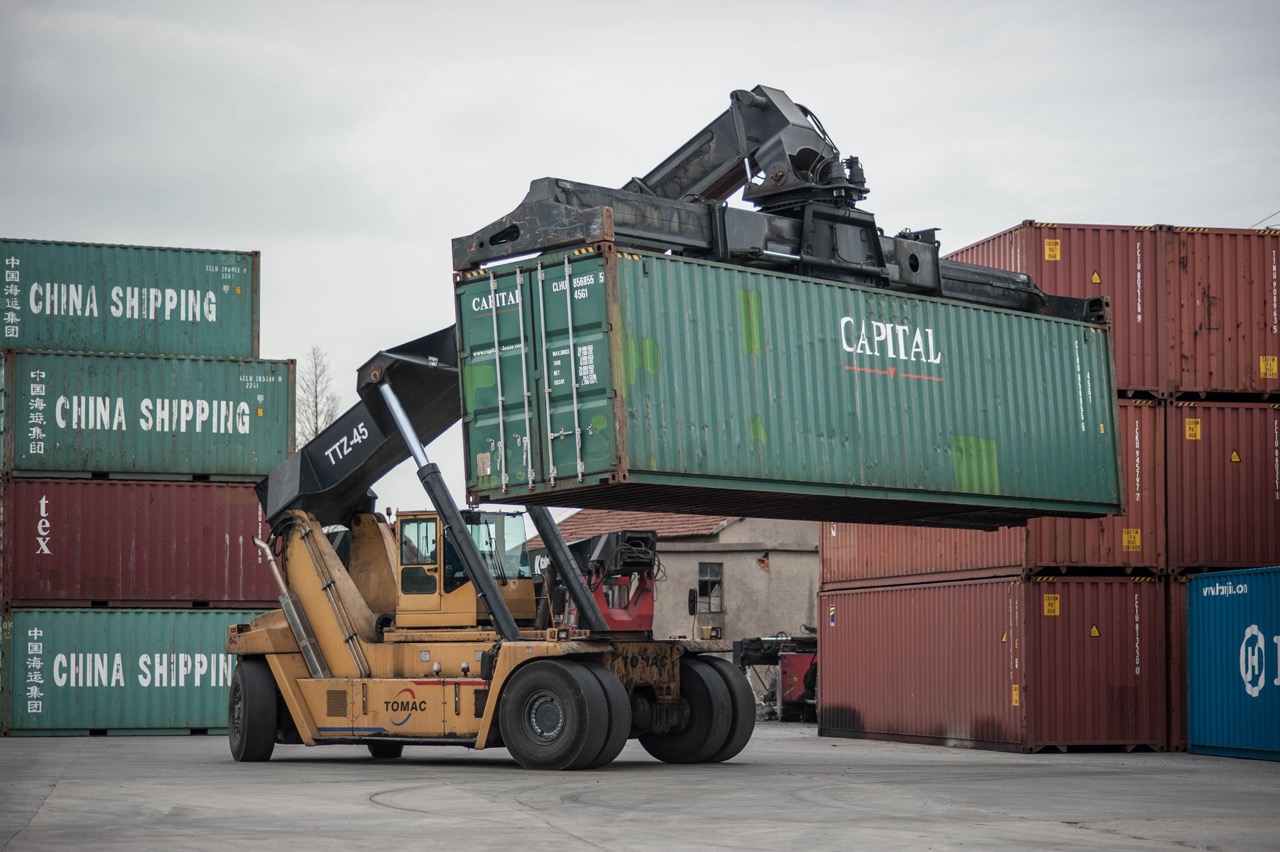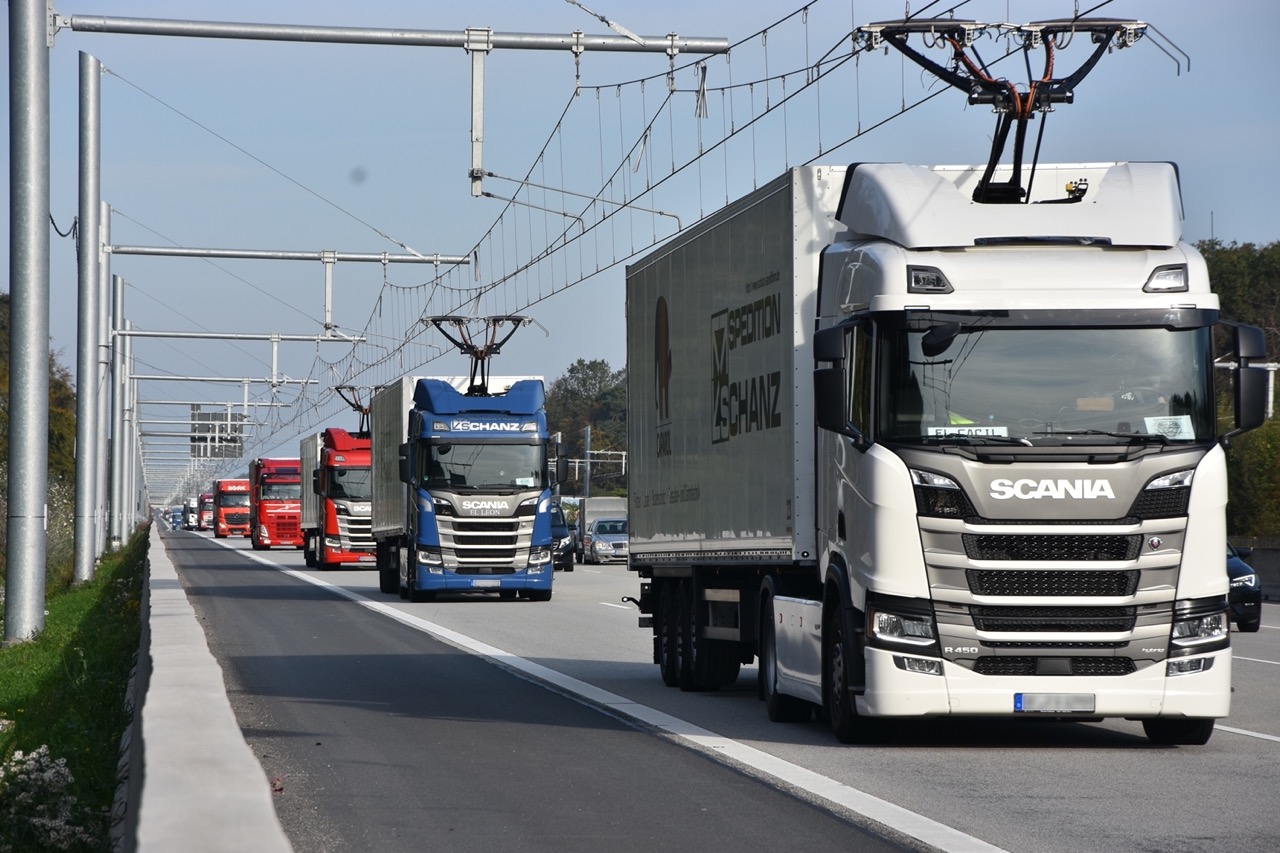How the construction of the new Baltic Hub terminal is progressing
Baltic Hub, the largest terminal in the Baltic Sea, has presented its results for 2024. According to official figures, the facility handled a record 2.24 million TEUs.
Last year, the terminal in Gdansk, Poland, was particularly productive. The successes achieved are not only related to cargo handling but also to the implementation of several major projects aimed at improving productivity. These include a 36-hectare container yard. This has boosted the port’s handling capacity by 1.5 million TEUs. In addition, construction work on the T3 terminal has entered a new phase.
Features of the new terminal
During the reporting period, 642 vessels, including 147 ocean carriers, visited the Baltic Hub. Construction of the new terminal started in the summer of 2024. When it opens, the facility will be able to expand its operations thanks to:
- the availability of a new modern berth adapted to accommodate ships of different sizes;
- expansion of storage facilities;
- increasing transhipment capacity to 4.5 million TEU annually.
The new terminal will be semi-automated. It will incorporate innovative technologies and equipment to improve operational efficiency. It will be remote-controlled from ergonomic workstations. This approach will minimise downtime and maintain high productivity throughout the year.

Project implementation plans
New terminal will be the third for the Baltic Hub. It is an important step in the port’s transformation to meet modern market demands. The operator is paying special attention to implementing sustainable development principles. The combination of innovative technologies and energy-efficient solutions creates a solid basis for expanding operations. In addition, the terminal will open up new opportunities for the entire transport sector in Poland.
The terminal is already partially operational. Four RMG cranes have been installed on the access road to the terminal, enhancing its throughput capacity. It now stands at around 800,000 TEU per year. The innovation is a response to the growing demand for handling rail cargo from Central and Eastern Europe. The cranes operate on the basis of the OCR system and are equipped with solutions that minimise the risk of collision. This increases safety and prevents accidents.
The new STS cranes, which have the following characteristics, will also be put into service shortly:
- weight: 2,000 tonnes;
- height: 96 metres, with a boom length of 140 metres;
- lifting capacity: 65 tonnes.
These cranes will work in conjunction with the 20 aRMG cranes already in use at the terminal. T3 should be ready in 2025. However, its integration into the port’s current processes is already well underway.

